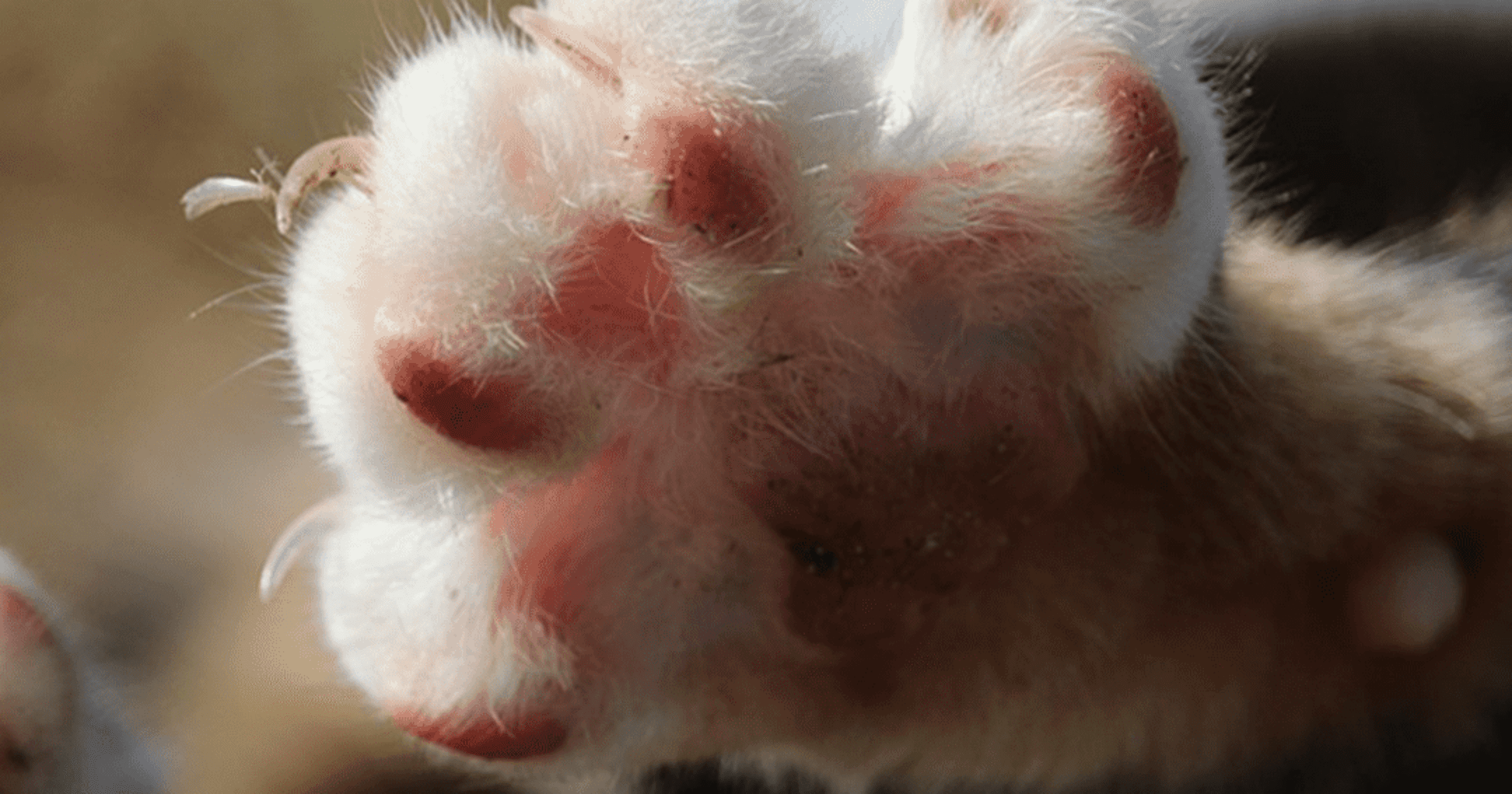
Using their claws is necessary and normal behavior for cats, in both a social and protective manner. Cats will use their claws to mark their territory, exercise, relieve boredom and stress, and to keep their nails healthy. At one time, it was considered part of the normal cat-care routine to declaw, but research and behavioral study has proven this inaccurate; today, declawing cats is illegal in many countries, and in the United States specifically, declawing is banned in the state of New York as well as other cities, including Denver. [1]
- First, declawing is not a simple procedure; indeed, declawing is an intrusive and extremely painful event requiring the equivalent of cutting off a human finger to the first knuckle; the pain is experienced both immediately following the surgery, and throughout the cat’s life as the result of “phantom pain”, which is common in human amputees.
- Second, declawing cats can lead to negative behavior such as litter box problems and biting. When a declawed cat uses the litter box, the litter will cause pain in the amputated digit, and the cat will attempt to avoid the pain by not using the litterbox. Additionally, if a cat is not able to “warn” others that he is displeased via a gentle scratch, he may bite instead.
- Third, declawing cats destroys their first primary defense mechanism. If a cat were to get lost or escape, she would not be able to defend herself at a distance from her body, climb for protection, or kill prey for survival due to the absence of her claws.
- Fourth, there is no medical or behavioral benefit to declawing. Indeed, declawing has proven to cause excruciating pain and may lead to the above negative behaviors, which can thus lead to cat relinquishment and/or abandonment.
There are alternative methods you can employ rather than declawing:
- First, scratching posts and scratching toys offer cats appropriate items where they can scratch, offering many in different areas will give cats many opportunities to use these items rather than furniture.
- Second, nail caps are plastic coverings glued on a cat’s nails to make the nails softer while not compromising the integrity of the nail.
- Third, cat nail trimmers perform the same function as nail clippers for humans and used regularly offer an excellent management of nail health.
- Fourth, toys and enriching interaction will provide cats behavioral and physical stimulation, the absence of which can lead to negative clawing behaviors.
As demonstrated, declawing cats is an extremely painful and negative emotional event for cats and is thus illegal in many areas. If you are concerned with potential issues, please consult your veterinarian for further options and alternatives for both the health and happiness of your cat.

